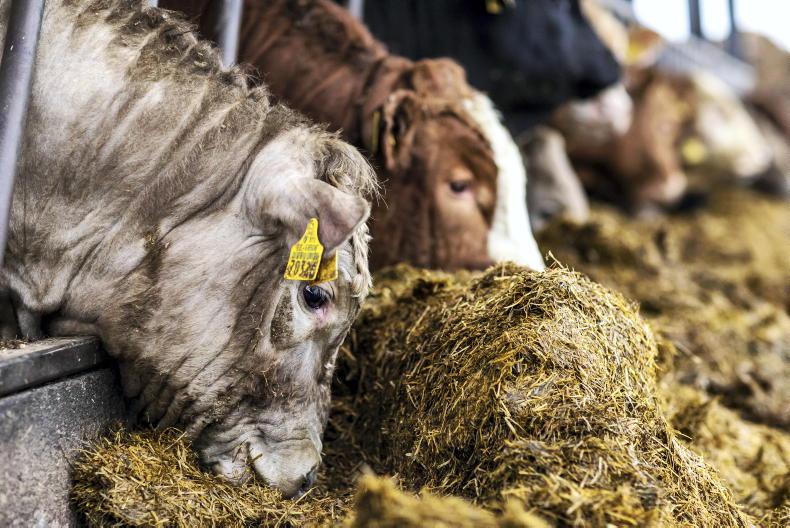SCEP text
Suckler Carbon Efficiency Programme participants received a text from the Department of Agriculture this week alerting them to the fact that they can amend their yearly reference number up until 19 February 2024.
I had a few calls from farmers wondering could they amend the reference number upwards, but that isn’t possible unless you set the yearly reference number below your original reference number in Year 1.
The terms and conditions of the scheme document state that the applicant must set their “yearly reference number” at the beginning of the programme.
The applicant can reduce the reference number by up to 20% of what the previous year’s reference number was or, where the applicant had set the yearly reference number below the programme reference number in Year 1, they can go back up to the programme reference number.
In year 1 this was set at application stage, and for 2024 it must be set by 19 February. Where a farmer does not want to reduce in a specific year or any year, they have to take no action.
It’s only where a farmer is reducing cow numbers and wishes to stay in the scheme.
Compensatory Growth
Compensatory growth occurs when animals are moved onto a diet rich in energy e.g spring grass after a period of restricted intake or growth.
The target growth rate for weanlings over the winter months is somewhere between 0.5-0.7kg/day in order to avail of maximum compensatory growth after turnout.
On many farms, weanlings will have been offered 1-2kg of concentrate/head/day over the winter months to achieve target growth rates, and this supplementation can now stop in advance of turnout.
If weanlings gain too much weight over winter months and become fat, it has been shown that they subsequently lose this fat at grass and the extra weight is not carried through to slaughter or sale at the end of the second grazing season.
Weanlings should be offered a silage only diet from now until turnout.
The earlier they are turned out the higher the compensatory growth will be. Have a think about where weanlings could be turned out first and take a quick check at drinkers and fences to make sure you are ready for turnout when the weather picks up.
Early Grass
The weather forecast looks ok for the next week, especially in the southern half of the country. Dare I tempt fate, but on farms with heavy covers, this could be a good opportunity to graze them off and get them growing again.
The weather could be better now than it will be in mid-March, and more than likely they will be housed again before permanent turnout, but that’s fine.
Grazing this grass will leave more options for slurry, and it might also reduce stocking pressure in sheds which can get high as cows and young calves start to use up dry bedded houses.
Autumn born calves are perfect stock to graze outdoors in daylight hours, and this has been shown to reduce health issues in autumn born calves on farms calving cows in autumn time.






 This is a subscriber-only article
This is a subscriber-only article










SHARING OPTIONS: